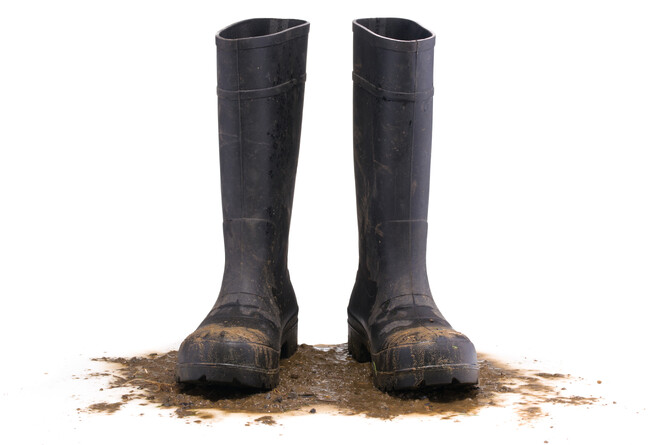With the heightened awareness of Foot and Mouth Disease earlier in the year, as well as the country still being in Mycoplasma bovis eradication mode, evaluating your farm’s biosecurity plan is a great way to protect yourselves and your community from exotic and pre-existing diseases.
Diseases such as Bovine Digital Dermatitis are highly contagious and there is always a threat of disease introduction to your farm, which can result in compromised animal welfare, productivity and profitability.
Some diseases (such as Salmonella, Campylobacter or Leptospirosis) are zoonotic, which means they can also infect you and your staff!
Biosecurity encompasses day-to-day practices that keep infectious diseases, as well as pests and weeds, off your property. It also considers the risks of anti-bacterial and anthelmintic resistance.
When evaluating your biosecurity plan, consider the following points:
Visitors
Arrive with clean equipment, overalls and footwear;
Disinfect upon arrival on a clean footpath
Dirt inactivates disinfectant so it is important to change regularly;
Vestal or Sterigene are great disinfectant options.
New stock
Ask questions about animal health, TB status, vaccinations and parasite management;
Keep separate from the main herd for 4 weeks, if possible.
Fencing
Ensure boundary fences are secure and prevent nose-nose contact with neighbouring stock;
Avoid grazing at the boundary if the neighbour’s cows are in the adjacent paddock.
Stock movement
Keep accurate records of stock movements;
Use NAIT tags to trace each animal’s history.
Record keeping
Record who comes on and off farm (contractors, shed inspectors, vets, AI techs etc).
Calves
Have a designated calf rearer;
Separate equipment, clothing and boots for exclusive use around calves;
Clean equipment after every use;
Tend to sick animals last.
Pests
Use baits and deterrents (ensure dogs don’t have access);
Keep building free from clutter and long grass;
Store feed securely.

